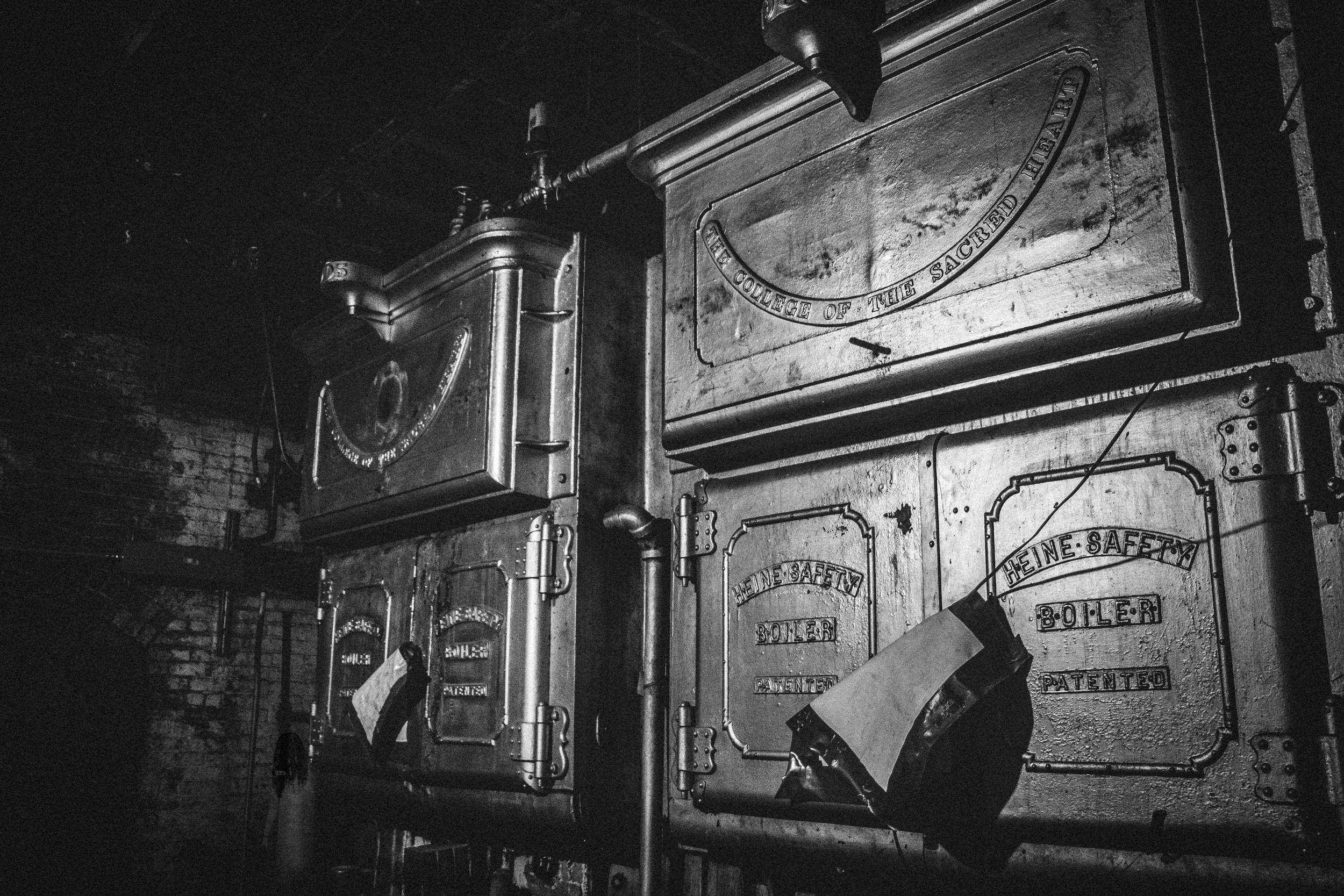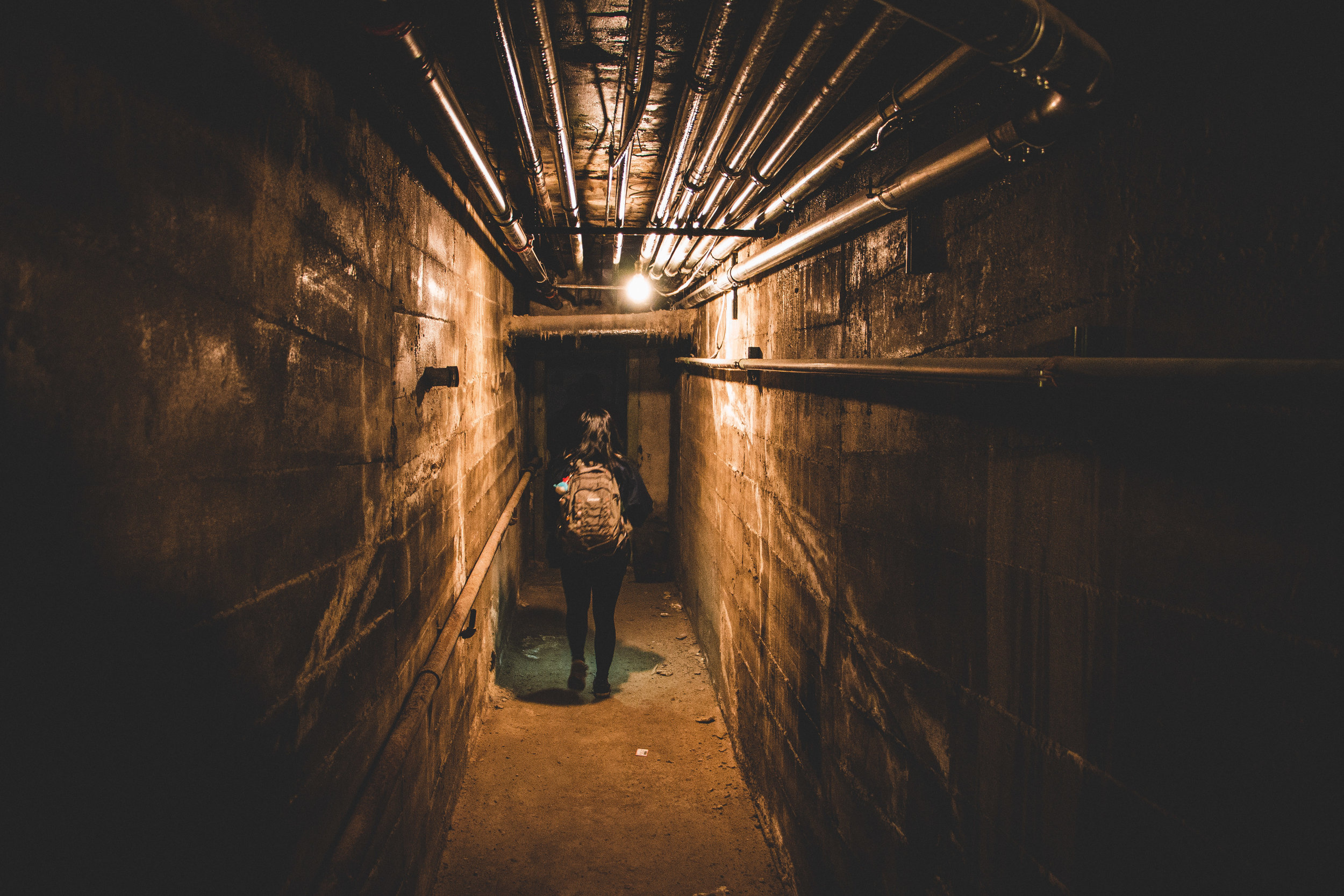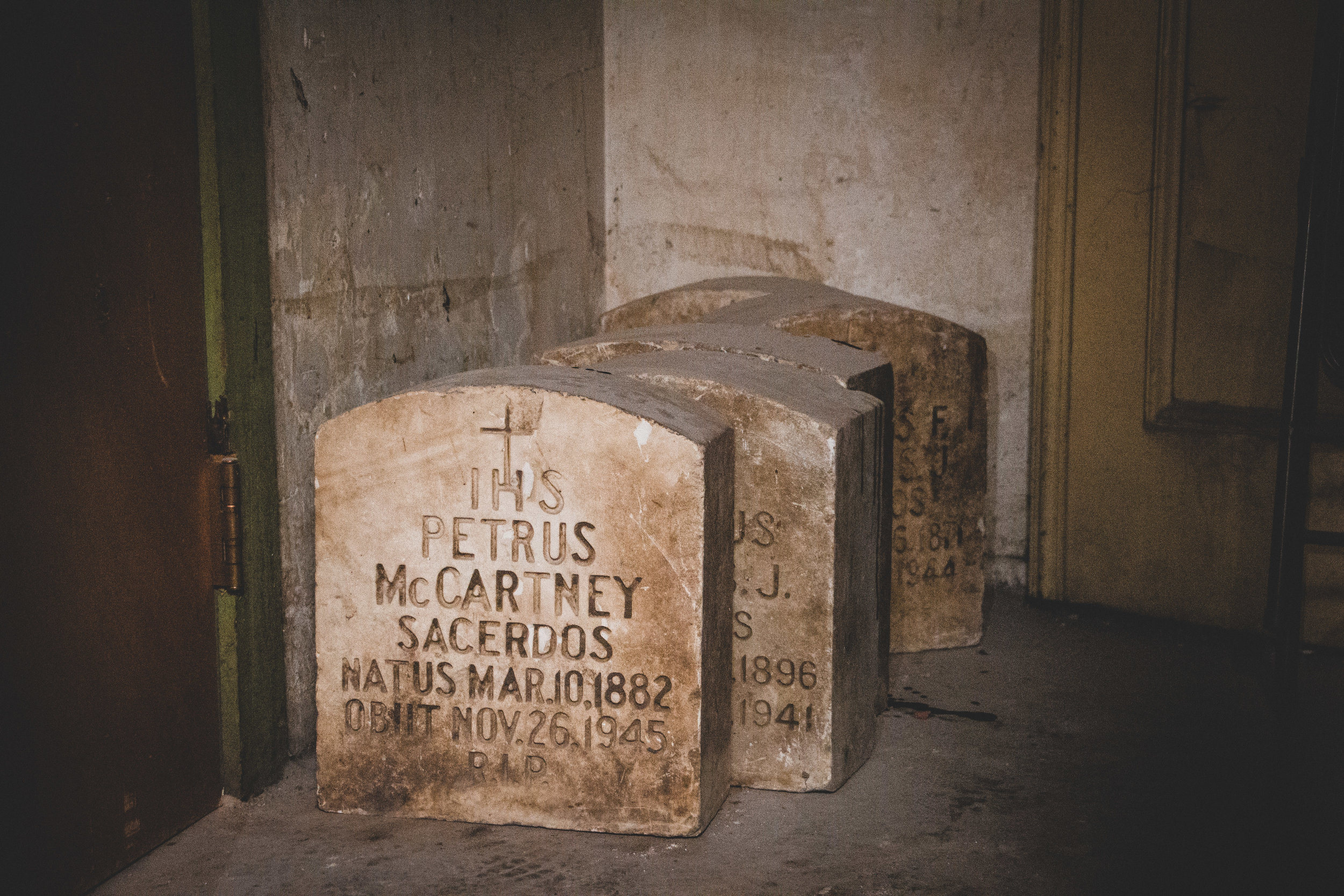By Austin Price, Staff Writer
With Halloween peeking over the horizon, it is no secret that ghost hunters and spook enthusiasts are looking for some truly horrifying Halloween haunts. Lucky for fans of this spectacular holiday, Colorado is home to many different frightening terrors and legends. From haunted hotels to possessed prisons, and urban legends to conspiracy theories, Colorado has it all to satisfy the cravings of those looking for a good scare. Without further ado, here are five famous haunted landmarks in Colorado, currently open to brave visitors.
The Stanley Hotel
333 E Wonderview Ave, Estes Park, CO 80517
By far the most popular and infamous haunted landmark in Colorado is the one and only Stanley Hotel. Located in Estes Park, the Stanley Hotel is said to house the restless spirits of many. The Stanley Hotel rose to prominence in 1977 when the cult classic and iconic horror novel, “The Shining” was released by Stephen King. The book gained national attention, leading to a blockbuster film of the same name, directed by Stanley Kubrick in 1980.
The Stanley Hotel has a dark history, spanning back to 1903, when inventor Freelan Oscar Stanley, stricken with tuberculosis, traveled to the valley in hopes of getting his health back. After just one summer, his health was indeed restored, which he credited to the fresh air and abundant sunshine. Following his miraculous recovery, Stanley and his wife Flora built the infamous hotel. The hotel opened in 1909 and was immediately a fan favorite amongst travelers and tourists.
By the end of the 1970s, the Stanley hotel was deteriorating due to lack of care and years of service. The hotel would have been demolished if not for a visit from legendary author, Stephen King, influencing his well-known novel, “The Shining”. Stephen and his wife Tabatha stayed in room 217 where Stephen recalled a vivid and terrifying nightmare, inspiring his infamous novel.
Rumor has it that the hotel’s creator and founder himself haunts the historic landmark. Stanley died in 1940 at the age of 91, but his spirit is said to still roam the hotel. Specifically, staff says he is often spotted in the hotel’s billiard room and bar. Stanley’s wife, Flora, has also reportedly been spotted in the hotel and is known to play the piano. On the fourth floor, guests have also reported hearing children running around, laughing, and playing. Hotel guides and staff claim that this area hosted children and nannies during the days of the hotel’s peak success period. There is also a pet cemetery on the grounds that guides say is the final resting place of some of the owners’ animals. Cassie, a friendly golden retriever, is said to still deliver newspapers and scratch at the doors to be let in from outside despite being buried at the grounds.
The Stanley Hotel is utilized as a tourist attraction to this day. To visit this iconic haunted hotel, go to https://www.stanleyhotel.com/
The Colorado Prison Museum
201 N 1st St, Cañon City, CO 81212
Our next haunted location in Colorado is the Colorado Prison Museum, formerly operated as the Women’s Prison building. It was constructed in 1935 and is directly east of the Colorado Territorial Correctional Facility. The concept of the museum originated from a group of concerned Fremont County residents. The project began with volunteers seeking to obtain the use of the former Women’s Prison building. Approval by the Colorado State Legislature on April 24, 1986, gave the city of Canon City, which in turn gave to the Foundation, a 99-year lease to use the cell house as a museum. A Board of Directors was organized on October 15, 1986, and renovation of the cell house was completed in June 1988.
The cell house has two floors. The upper-level holds inmate cells, hallway, office space, and gift shop, while the lower level houses the dining room, archival storage, general purpose room, original kitchen, isolation cells, Federal Prison Display, and laundry room. Exhibits at the Museum cover over 140 years of history, depicting prison life from early Territorial Prison days forward. The museum displays office furnishings used by Warden Roy Best, and documentation on the Prison Riots of 1929 and 1947.
The museum features 32 individual prison cells, a former gas chamber, confiscated weapons and contraband, a hangman’s noose used for last execution by hanging in CO, disciplinary paraphernalia used from 1871 to present, and inmate drawings and inventions. The museum holds several infamous items and provides detailed information regarding some of Colorado’s most notorious criminals. These inmates include Antone Woode, who was convicted of murder at age 12, and Alfred Packer who was convicted of cannibalism. The museum shares a wall with a still active prison which has been in continuous operation since 1871.
According to numerous reports, the premises are plagued with the lingering spirits of those who resided in the women’s prison. Visitors report seeing orbs, hearing coughing and screams, and smelling fresh tobacco when walking through the empty building. The laundry room is well known for cold spots that defy any rational explanation. Most of these paranormal experiences are attributed to the cruel and inhuman conditions the inmates were subjected to. Many women have died there, and at least one of them appears not to have ever left. The occupant of cell 19 has been regularly captured in floating orbs in photographs and has been heard coughing by many investigators.
The Colorado Prison Museum is still in operation to this day, attracting true crime enthusiasts and ghost hunters around the country. To visit this museum, go to https://prisonmuseum.org/
The Molly Brown House
1340 Pennsylvania St, Denver, CO 80203
Our next haunted destination in Colorado is a fan favorite for history buffs. The Molly Brown House was the home of American philanthropist, activist, and socialite Margaret Brown. Margaret survived the sinking of the Titanic and was dubbed the “Heroine of the Titanic” for her service to survivors. Molly also earned the nickname, “Unsinkable Molly Brown” for rowing a lifeboat over 7.5 hours to get to safety. The famous socialite later married a man names J.J. Brown who was a mining engineer. The couple were avid philanthropists and they loved to travel the world. It was in 1894 that they bought the home for $30,000. J.J. Brown died in 1922 and Molly Brown kept living at 1340 Pennsylvania St till her death in 1932.
The home of Molly Brown was originally built in the year 1882 and was set for demolition in 1970 before it was saved by Historic Denver who restored the home, making it an iconic tourist attraction. In 1972 the home was added to the National Register of Historic Places. Over the years the home has become an education museum. The home has its original architecture, furniture, and tons of memorabilia, some from the Titanic. Many visitors to the house report ghostly experiences and paranormal activity.
Museum employees, guides and tourists have all claimed to smell the smoke of a pipe around the home at odd times. Visitors attribute this to Molly’s husband, J.J. Brown’s frequent smoking of his pipe throughout his life in the house. Tourists and staff members claim to have seen light bulbs suddenly become undone. Others have a more visceral experience in the house, with reports detailing sightings of a woman who appears to be Molly Brown herself, as she rearranges furniture and tidying the house. She is also said to have screwed and unscrewed lightbulbs around the house, leaving a task for museum staff to attend to before guests arrive. Guests have also reported they felt cold spots in different areas of the Molly Brown House Museum and have claimed to have seen ghosts roaming the hallways. Many speculate these spirits are the past guests of the home.
The Molly Brown House is still open to the public and is frequently used as an educational destination for school groups of varying ages. To visit this historic monument, go to https://mollybrown.org/
Highlands Ranch Mansion
9950 E Gateway Dr, Highlands Ranch, CO 80126
Our next haunted destination is in Highlands Ranch and is appropriately named the Highlands Ranch Mansion. This sprawling, castle-like stone house was built in 1891 by John W. Springer, a wealthy Easterner who founded the Springer Cross-Country Horse and Cattle Ranch. For nearly a century, the historic mansion was home to some of Denver’s more notable families as well as cattle barons, oil tycoons, socialites, and other political and business bigwigs. The property is currently owned by Shea Homes, who purchased it in 1997. Today the mansion property still functions as a working cattle and horse ranch. The property includes two cottages, numerous barns, stables, bunkhouse facilities, a carriage house, and a windmill. It is utilized by a variety of renters for events including weddings, birthday parties, and family gatherings. However, this establishment has a much deeper and darker history than its initial appearance.
The current owner of the mansion, Shea Holmes, not only purchased the mansion itself in 1997 but she also purchased undeveloped surrounding property around it. To this day, Homes continues to hold and run this massive amount of land and acts as some sort of city leader for Highlands Ranch. However, before Holmes’ arrival, there were some interesting prior tenants with some even more interesting stories to go with their time living there.
Frank Kistler bought the house in 1926, and the ghost of his daughter, Julia, is said to haunt the mansion. In the 1970s, estate landscapers were said to have seen a little girl in a white dress walking upstairs and looking outside the west bedroom. Many say that this apparition was Julia, who was neglected after her father remarried and adopted two stepsons. Julia would wistfully watch him ride off from her bedroom window. People claim to have heard sobs even when the house was vacant. Another theory is that the specter might be a child of a servant, or a little girl who did die in the house while her family visited.
The Highlands Ranch Mansion is currently open to tourists and renters looking for a historic and spooky experience. To visit this iconic property, go to: https://highlandsranchmansion.com/
Hotel Colorado
526 Pine St, Glenwood Springs, CO 81601
Our 5th and final spooky destination is the Hotel Colorado in Glenwood Springs. It opened for business in 1893, just eight years after the town itself was fully developed. The purpose of Hotel Colorado was to attract the wealthy and elite to the wild frontier mining town that was Glenwood Springs. The hotel was styled after the luxurious resorts of Italy, complete with a European-style spa, tennis courts, a Victorian garden, a bird sanctuary, a 185-foot fountain of water, and an indoor waterfall.
There have been many tales of otherworldly occurrences at Hotel Colorado. The hotel has reportedly been the site of a murder, a fatal accident, and a morgue. The hotel’s most haunted spaces include the basement which was the site of a morgue when the hotel was requisitioned by the navy as a convalescent hospital during WWII. This makeshift hospital hosted 6,500 wounded military soldiers from WWII.
One of the most popular paranormal sightings of Hotel Colorado was of a nurse named Bobbie who took care of soldiers injured in war. The story goes that she was allegedly killed by a jealous lover and officer stationed at the hotel. Over the years, Bobbie has surfaced in several stories around the hotel, particularly associated with the dining room. Guests and hotel workers have reported smelling a specific perfume believed to be worn by Bobbie. Some guests have identified it as “Gardenia,” a perfume from the 30s and 40s that is no longer in production.
Another famous ghost that haunts the hotel is known as Walter. Walter is named after Walter Devereaux, the hotel’s founder and is marked by the unmistakable smell of cigar smoke. Some believe that Walter is actually the spirit of E.E. Lucas. Lucas came to work at the hotel as its controller in 1893 and took over as general manager in 1905. He bought the hotel in 1916 and kept it until his death in 1927, at which point his wife took over ownership until 1938.
Hotel Colorado is bustling with visitors and has many attractions including restaurants, theme parks, and bars. To visit Glenwood’s most prized landmark, go to https://www.hotelcolorado.com/
And that concludes our Halloween Haunts and Horrors Tour of Colorado! Support Colorado’s history and its legendary attractions by scaring yourself silly on these paranormal adventures. I hope you all find your ideal spooky destination this season and stay safe while doing so. Happy Halloween everyone!






